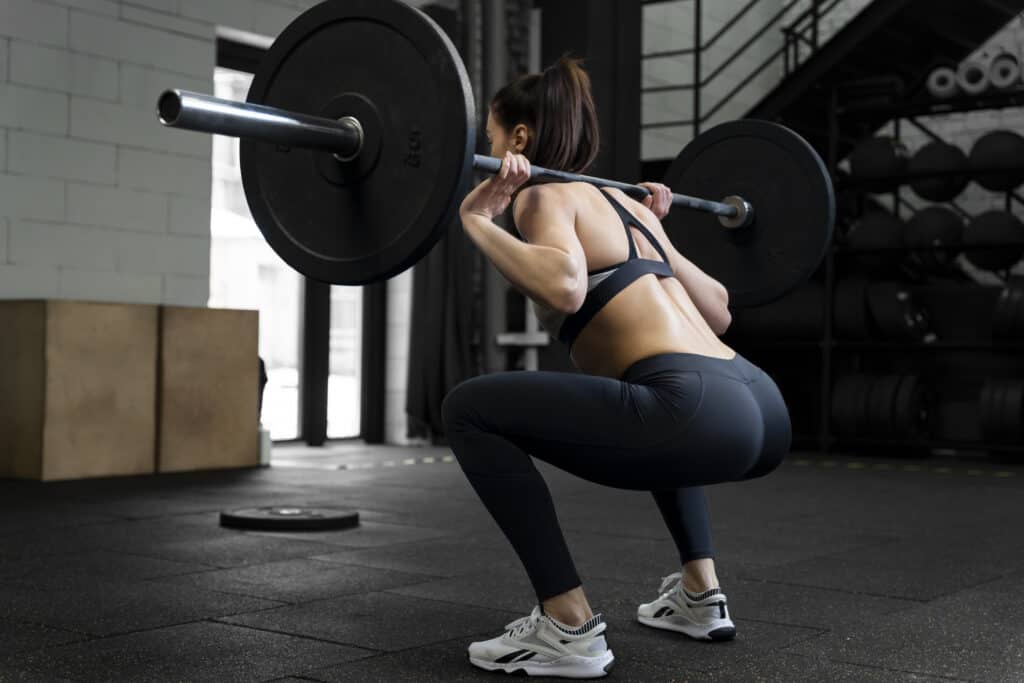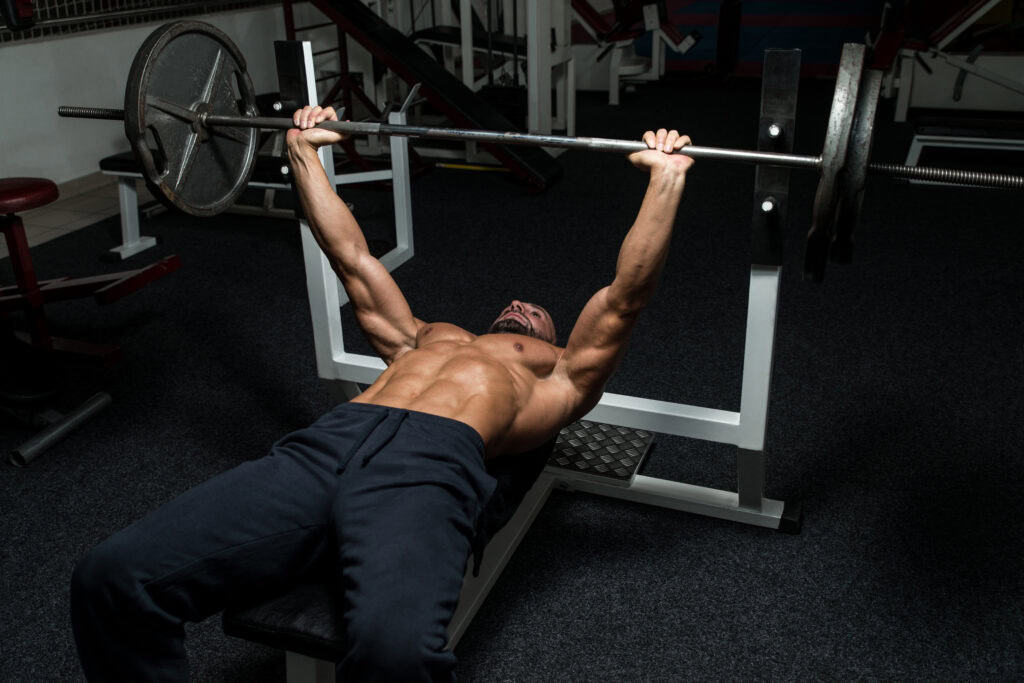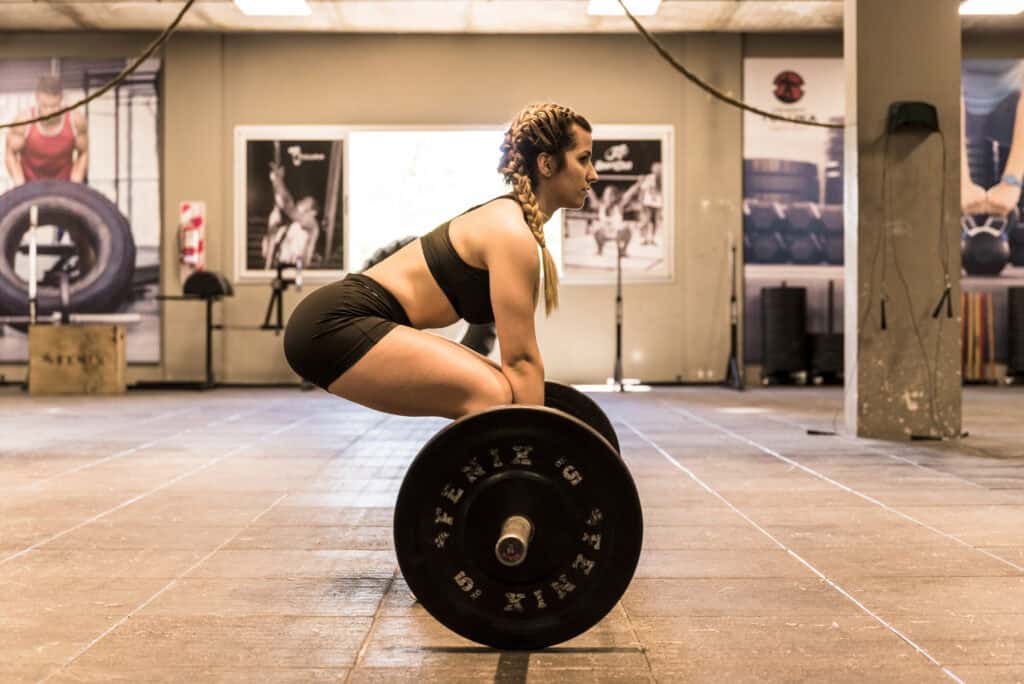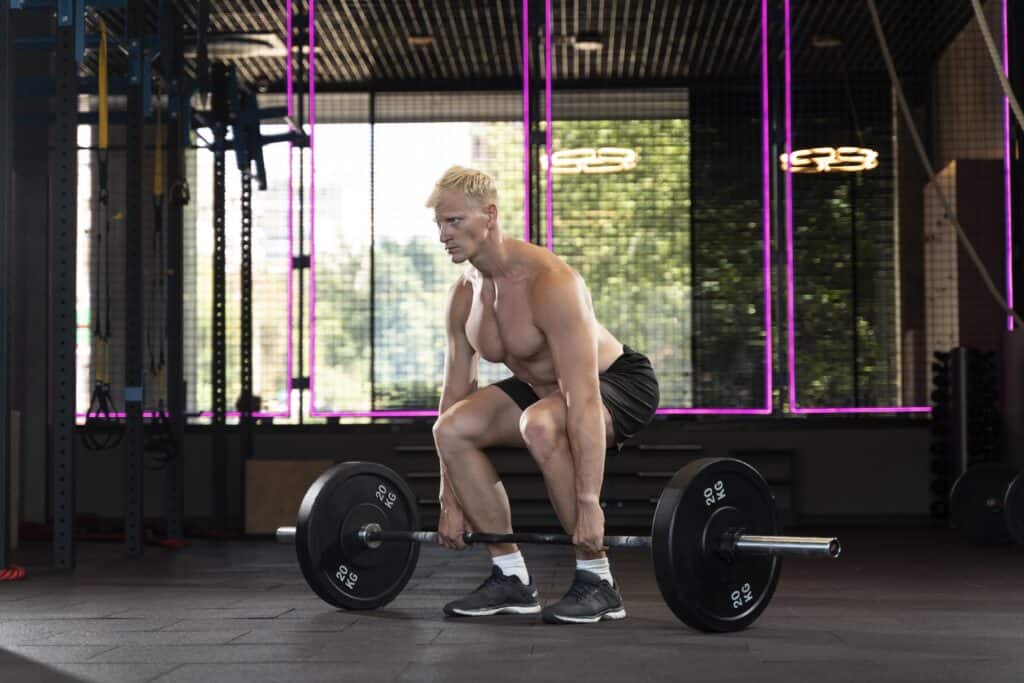Powerlifting is a strength sport that focuses on three major lifts: the squat, bench press, and deadlift. These lifts test your maximal strength and are performed in a competitive setting. Preparing for a powerlifting competition involves not only mastering these lifts but also understanding the rules and strategies that can help you succeed. This guide will cover the essentials of each lift and provide tips on how to prepare for your next powerlifting competition.
Understanding the Big Three Lifts
Squat
The squat is a fundamental lift in powerlifting that tests your lower body strength. Here’s how to perform it correctly:
- Setup: Position the barbell on your upper traps or rear delts, depending on whether you’re performing a high-bar or low-bar squat. Stand with your feet shoulder-width apart.
- Descent: Lower your body by bending your hips and knees, ensuring your knees track over your toes. Keep your chest up and your back straight.
- Depth: Aim to lower your hips below parallel, meaning your hip crease should go below the top of your knees.
- Ascent: Drive through your heels to return to the starting position, maintaining a strong core and an upright torso.

Bench Press
The bench press is a key upper body exercise in powerlifting, targeting the chest, shoulders, and triceps. Here’s how to execute it properly:
- Setup: Lie on a flat bench with your feet flat on the floor. Your eyes should be directly under the barbell. Grip the bar slightly wider than shoulder-width apart.
- Unrack: Lift the bar off the rack and hold it above your chest with your arms fully extended.
- Descent: Lower the bar slowly to your mid-chest, keeping your elbows at about a 45-degree angle to your body.
- Press: Push the bar back up to the starting position, ensuring your back stays flat against the bench and your feet remain planted.

Deadlift
The deadlift is the ultimate test of full-body strength, focusing on the posterior chain. Here’s the correct way to perform it:
- Setup: Stand with your feet hip-width apart, with the barbell over the middle of your feet. Grip the bar just outside your knees, using either a double overhand or mixed grip.
- Positioning: Bend your knees slightly and lower your hips until your shins touch the bar. Keep your back straight and your chest up.
- Lift: Drive through your heels and extend your hips and knees simultaneously to lift the bar. Keep the bar close to your body throughout the movement.
- Lockout: Stand tall at the top of the lift, with your shoulders back and your hips fully extended.

Preparing for a Powerlifting Competition
Training Program
- Periodization: Implement a periodized training program that includes different phases such as hypertrophy, strength, and peaking. This approach helps in building muscle, increasing strength, and preparing your body for maximum performance on competition day.
- Technique Work: Regularly practice your competition lifts with lighter weights to perfect your form. Consider working with a coach to get feedback and make necessary adjustments.
- Accessory Exercises: Incorporate accessory exercises that target weak points and support the main lifts. For example, include exercises like Romanian deadlifts for hamstring strength, close-grip bench presses for triceps development, and front squats for quad strength.
Nutrition
- Macronutrient Balance: Ensure you’re consuming adequate protein to support muscle repair and growth, carbohydrates for energy, and fats for overall health.
- Hydration: Maintain proper hydration levels throughout your training. Dehydration can significantly impact performance and recovery.
- Pre-Competition Diet: In the weeks leading up to the competition, focus on maintaining a balanced diet. On the day of the competition, eat familiar foods that you know won’t upset your stomach.
Mental Preparation
- Visualization: Visualize each lift and your performance in the competition. This mental practice can enhance your focus and confidence.
- Routine: Develop a pre-lift routine to help calm your nerves and get into the right mindset. This could include breathing exercises, listening to music, or using specific cues to focus your mind.
- Positive Self-Talk: Cultivate a positive mindset by using affirmations and focusing on your strengths. Confidence plays a crucial role in your performance.
Competition Day Strategy
- Warm-Up: Arrive early to ensure you have enough time to complete a thorough warm-up. This should include dynamic stretches and progressively heavier lifts to prepare your body.
- Attempts Selection: Plan your attempts wisely. Your first attempt should be a weight you can confidently lift, your second attempt should be close to your personal best, and your third attempt can be a new personal record.
- Recovery: Between attempts, stay hydrated and eat small, easily digestible snacks to maintain your energy levels.
Common Mistakes to Avoid
- Overtraining: Avoid pushing your body to the limit too close to the competition. Give yourself time to recover and peak appropriately.
- Ignoring Form: As you increase weights, it’s crucial to maintain proper form to prevent injuries and ensure the lifts are competition-legal.
- Neglecting Sleep: Ensure you’re getting adequate sleep during your training period. Recovery is just as important as the training itself.
Gear and Equipment
- Lifting Shoes: Invest in a good pair of lifting shoes that provide stability and support for your lifts.
- Belt: A lifting belt can help increase intra-abdominal pressure, providing better core stability during heavy lifts.
- Knee Sleeves and Wrist Wraps: These can provide additional support and protection for your joints during intense lifting sessions.
Post-Competition Recovery
- Cool Down: After the competition, perform a cool-down routine that includes light cardio and stretching to help your muscles recover.
- Nutrition: Eat a balanced meal to replenish your energy stores and support muscle recovery.
- Rest: Take a few days off from heavy lifting to allow your body to fully recover before starting your next training cycle.
Final Thoughts
Powerlifting is a rewarding sport that challenges your strength, technique, and mental fortitude. By focusing on the three major lifts – squat, bench press, and deadlift – and preparing thoroughly for competition, you can achieve impressive results. Remember, consistency, proper form, and mental preparation are key to excelling in powerlifting. Use this guide to help you navigate your training and competition journey, and you’ll be well on your way to reaching new personal records.
Incorporate these tips and strategies into your powerlifting training and competition preparation to achieve your best performance yet. Whether you’re a beginner or a seasoned lifter, mastering the squat, bench press, and deadlift is key to success in powerlifting. With dedication, proper technique, and mental preparation, you can excel in this challenging and rewarding sport.
Stay Strong Together
The Jefit app is an invaluable tool for powerlifters, providing a comprehensive platform to track workouts, monitor progress, and plan training programs. With its extensive exercise database, users can easily log their lifts, set goals, and adjust routines to optimize performance. The app’s robust analytics feature allows lifters to review their progress with detailed charts and graphs, helping identify strengths and areas for improvement. Additionally, Jefit’s community aspect connects users with fellow lifters for support, motivation, and shared knowledge. Whether you’re preparing for your first competition or aiming to break personal records, the Jefit app ensures you have the resources and data-driven insights to succeed.
- Fibermaxxing: Viral Nutrition Trend You Should Know - December 17, 2025
- Hybrid Metabolic Strength Training for Faster Results - December 10, 2025
- Why Lifters Choose JEFIT App for Real Strength Gains - December 3, 2025
